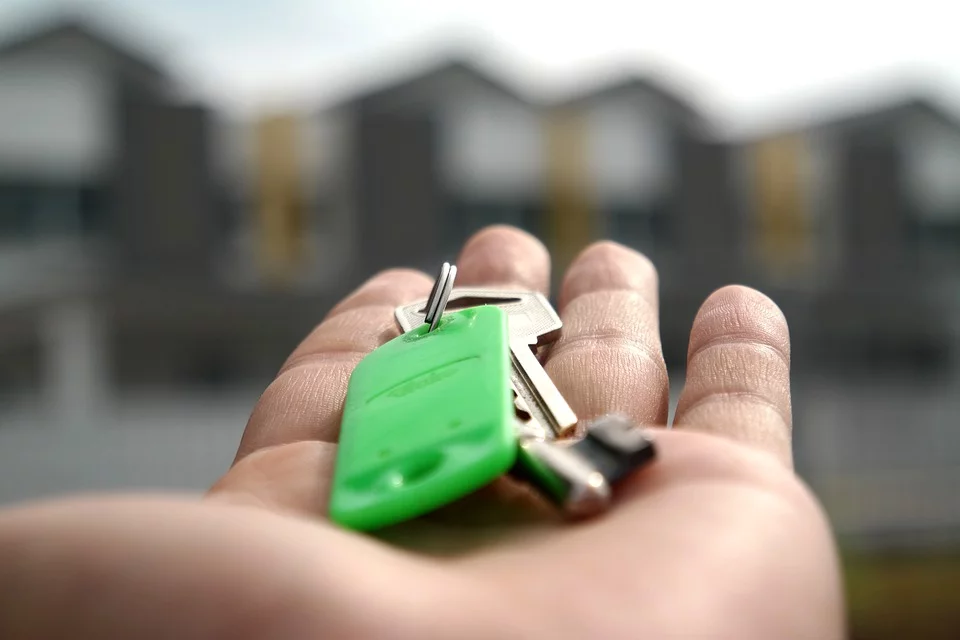Halifax: UK house prices rose 1.3% month-on-month in May
UK house prices rose 1.3% month-on-month in May, which lifted the annual rate of increase to a near seven-year high of 9.5%, according to the latest Halifax House Price Index.

Halifax reported that the average UK property price of £261,743 is also a new record high.
The lender revealed that all UK regions bar the North East saw an acceleration in year-on-year house price inflation last month. The strongest growth was once again recorded in Wales (up 11.9% over the past year), closely followed by the North West and Yorkshire & Humber, both of which posted double-digit annual growth.
For Wales and the North West, these are the biggest percentage gains since April 2005, and for Yorkshire & Humber since June 2006.
The South of England, traditionally the driving force of national house price performance, is for once lagging somewhat behind the rest of the country.
This is especially the case in Greater London, where average prices are still 3.1% higher than a year ago but growing more slowly than the rest of the country. This likely reflects a weakness in city prices given the shift in preference for properties with more space, whilst recent surcharges on stamp duty for non-UK residents and Brexit concerns will also have weighed on the capital’s market.
However it should not be forgotten that London property prices were already extremely expensive, having experienced a boom following the global financial crisis, a phenomenon not felt by many other UK regions and nations to anywhere near the same extent.
Russell Galley, managing director, Halifax, said: “House prices reached another record high in May, with the average property adding more than £3,000 (+1.3%) to its value in the last month alone. A year on from the first easing of national lockdown restrictions, and the gradual reopening of the housing market, annual growth surged to 9.5%, meaning the average UK home has increased in value by more than £22,000 over the past 12 months.
“Heading into the traditionally busy summer period, market activity continues to be boosted by the government’s stamp duty holiday, with prospective buyers racing to complete purchases in time to benefit from the maximum tax break ahead of June’s deadline, after which there will be a phased return to full rates.
“For some homebuyers, lockdown restrictions have also resulted in an unexpected build-up of savings, which can now be deployed to fund bigger deposits for bigger properties, potentially pushing property prices even higher.”
He added: “Whilst these effects will be temporary, the current strength in house prices also points to a deeper and long-lasting change as buyer preferences shift in anticipation of new, post-pandemic lifestyles – as greater demand for larger properties with more space might warrant an increased willingness to spend a higher proportion of income on housing.
“These trends, coupled with growing confidence in a more rapid recovery in economic activity if restrictions continue to be eased, are likely to support house prices for some time to come, particularly given the continued shortage of properties for sale.”
Due to the supportive measures in the Budget, economic forecaster the EY ITEM Club expects the housing market to show vigour in the near term and a firming of prices. Annual price increases may well be double-digit in the near term.
Howard Archer, chief economic advisor to the EY ITEM Club, commented: “The housing market is likely to get near-term support from the extension of the full Stamp Duty threshold increase from end-March to end-June and then partially to end-September. The introduction of a mortgage guarantee scheme for people with low deposits is also likely to provide some support for the housing market, as will the likelihood that unemployment will rise less than previously expected due to the extension of the furlough scheme to the end of September.
“House prices may also be lifted in the near term by a current relative shortage of properties available compared to demand.
“However, the EY ITEM Club is doubtful that this will be sustained for an extended period as the strengthening of the housing market has been outsized given economic fundamentals. The EY ITEM Club suspects house prices will lose momentum again later on this year and could well be flat year-on-year by mid-2022 with some quarters of falling prices.
“Activity and prices are seen becoming increasingly pressurised over the final months of 2021 and the early months of 2022 as the Stamp Duty benefit ends, unemployment rises and there is a waning of pent-up demand. Housing market activity may also be affected from the latter months of 2021 by growing expectations that interest rates could start to rise before long.”









